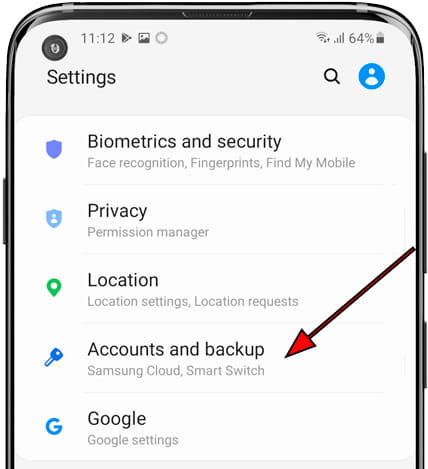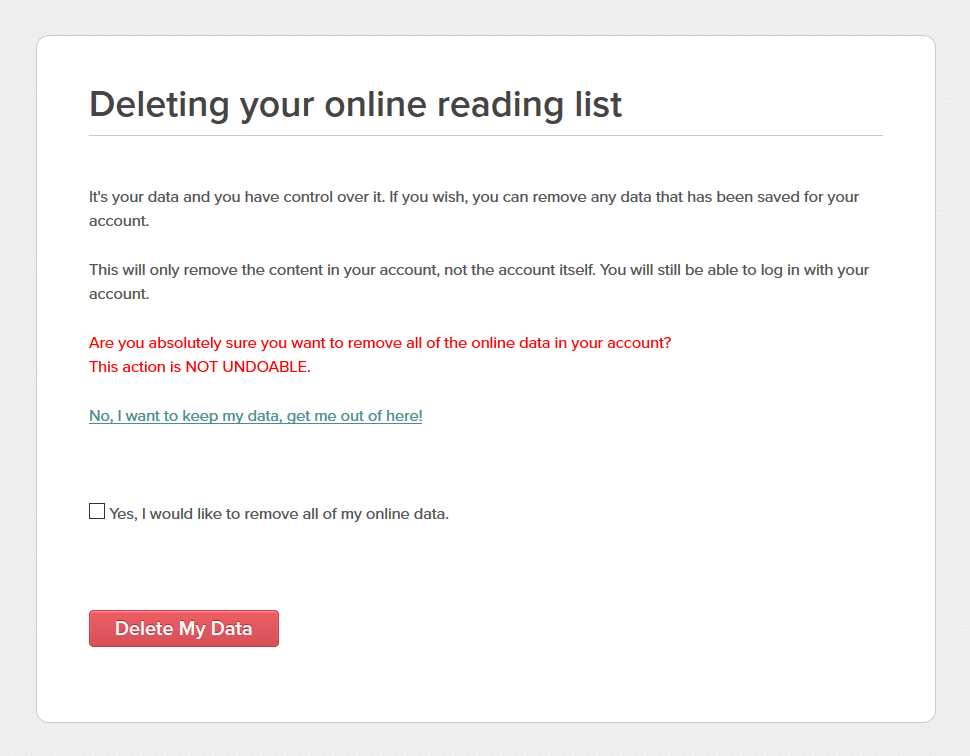
You need a command-line SQLite utility such as sqlite3 or sql3tool. When you're done, if needed, rename back the file to "History". (In case, the "Archive History" file holds the last history archived by Chrome). You can use NOW() instead of the current date, and any other SQLite syntax. To delete, just replace SELECT * with DELETE and press F9 to execute the query. On a Unix box, typing date +%s will tell you the number of seconds multiply by one million, add 11644473600 and you're done.įor example, select visits after October 1st, 2013: SELECT * FROM urls WHERE ((last_visit_time/1000000)-11644473600). Only remember that you need to convert the dates to Chrome time, which is the number of microseconds elapsed from January 1st, year of our Lord 1601. You can even use the other information to run the query, for example the time of last visit.


anything at all, as long as I adhere to SQL syntax. To view all occurrences of 'meetup' in either the host or pathname part of the URLs I visited. For example I can run the query: SELECT * FROM urls WHERE url LIKE '%meetup%' In the URLS table, you will find the URLs you have visited. Maybe try without renaming first, to save work). some utilities might not need the renaming thing. Then, rename the file to History.sqlite3 and install SQLiteMan (or any other SQLite3 editor - in Windows, double-clicking on the file might be enough to trigger a suggestion), then open the file ( n.b. If you make a mess of it, delete the History file and start anew - it's just as if you had cleared the whole Chrome history. It is a SQLite3 file, and to manipulate it, Chrome has to be closed. In there, you will find a "History" file. Which ought to translate in a more general \Local Settings\Application Data\Google\Chrome\User Data\Default This is, on my system, in C:\Documents and Settings\Leonardo Serni\Impostazioni locali\Dati applicazioni\Google\Chrome\User Data\Default Of course, the appropriate file path will have to be changed).įirst of all, you need to locate the Chrome History file. You can even query your Chrome history using SQL.


 0 kommentar(er)
0 kommentar(er)
